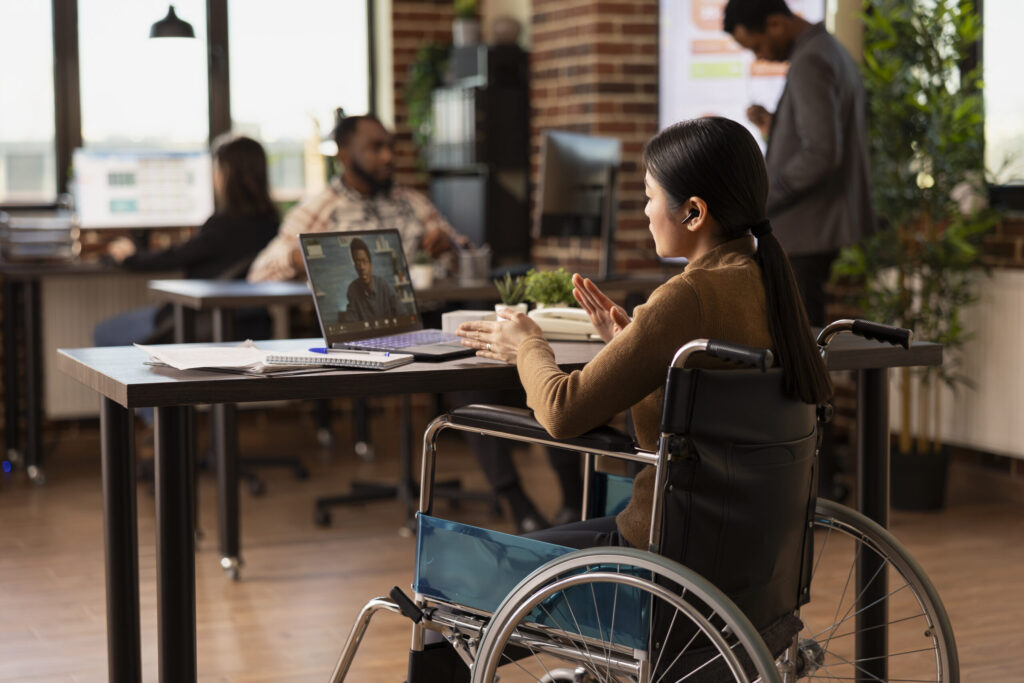
Evidence-Based Assessment: The People at Work Tool
- What it is: A free, validated, regulator-supported psychosocial risk assessment survey.
- 5-step process: Prepare → Survey → Results → Action → Review.
- Purpose: Early detection of hazards, benchmarking, and guiding WHS duty compliance.
The 17 Psychosocial Hazards Defined (Comcare, 2024 Code of Practice)
Workplaces must review these hazards systematically:
- Job demands – excessive workload, unrealistic deadlines, high emotional/cognitive effort.
- Low job control – little autonomy, rigid procedures.
- Poor support – inadequate supervision, lack of resources.
- Poor organisational change management – lack of consultation or clarity during change.
- Inadequate reward and recognition – effort not valued or rewarded.
- Poor organisational justice – unfair policies, bias, inconsistent decisions.
- Low role clarity – uncertainty about responsibilities or expectations.
- Remote or isolated work – limited access to support or communication.
- Poor environmental conditions – noise, lighting, temperature, unsafe design.
- Violence and aggression – threats or abuse from clients, public, or colleagues.
- Bullying – repeated unreasonable behaviour creating harm.
- Harassment (including sexual harassment, discrimination, victimisation) – unlawful, harmful behaviours.
- Conflict or poor workplace relationships – unmanaged disputes, hostility.
- Fatigue – long hours, inadequate breaks, shift work disruption.
- Traumatic events or material – exposure to death, injury, or distressing content.
- Job insecurity – precarious work arrangements, fear of job loss.
- Hazardous monitoring/surveillance – intrusive digital tracking or surveillance creating stress.
(Comcare – Psychosocial Hazards, OHS Rep summary)
Regulatory Support & Inspection
- Psychosocial Inspection Program: Comcare audits PCBUs on policies, consultation, and controls for these hazards.
- Focus: Early intervention, continuous improvement, and legislative compliance.
(Comcare Inspection Program PDF)
Integration into Comcare’s Prevention Strategy (2022–2025)
- Priorities: bullying/harassment, high job demands, fatigue, and poor work design.
- Approach: Evidence-based, data-driven, aligned to Model WHS laws.
(Comcare Prevention Strategy)
Practical Application for PCBUs
| Step | Practical Actions |
| Prepare | Gain leadership commitment, explain purpose, engage HSRs. |
| Assess Hazards | Run People at Work survey covering 17 hazards. |
| Analyze Results | Benchmark results, identify “hot spots” for intervention. |
| Control Risks | Apply hierarchy of controls: eliminate (e.g. redesign work), substitute (better rosters), engineer (support systems), admin (training, policies), PPE (wellbeing supports). |
| Consult & Engage | Involve workers/HSRs in validating findings and designing solutions. |
| Review & Monitor | Repeat survey, check if interventions reduce risk and improve climate. |
| Be Inspection-Ready | Keep documented risk assessments, policies, consultation records. |
Why This Matters
- Aligns with WHS Regulation Part 3.1 and the Commonwealth Code of Practice (2024).
- Ensures PCBUs identify, eliminate, or minimise psychosocial hazards.
- Builds measurable improvements in psychological safety climate, recovery, and productivity.



